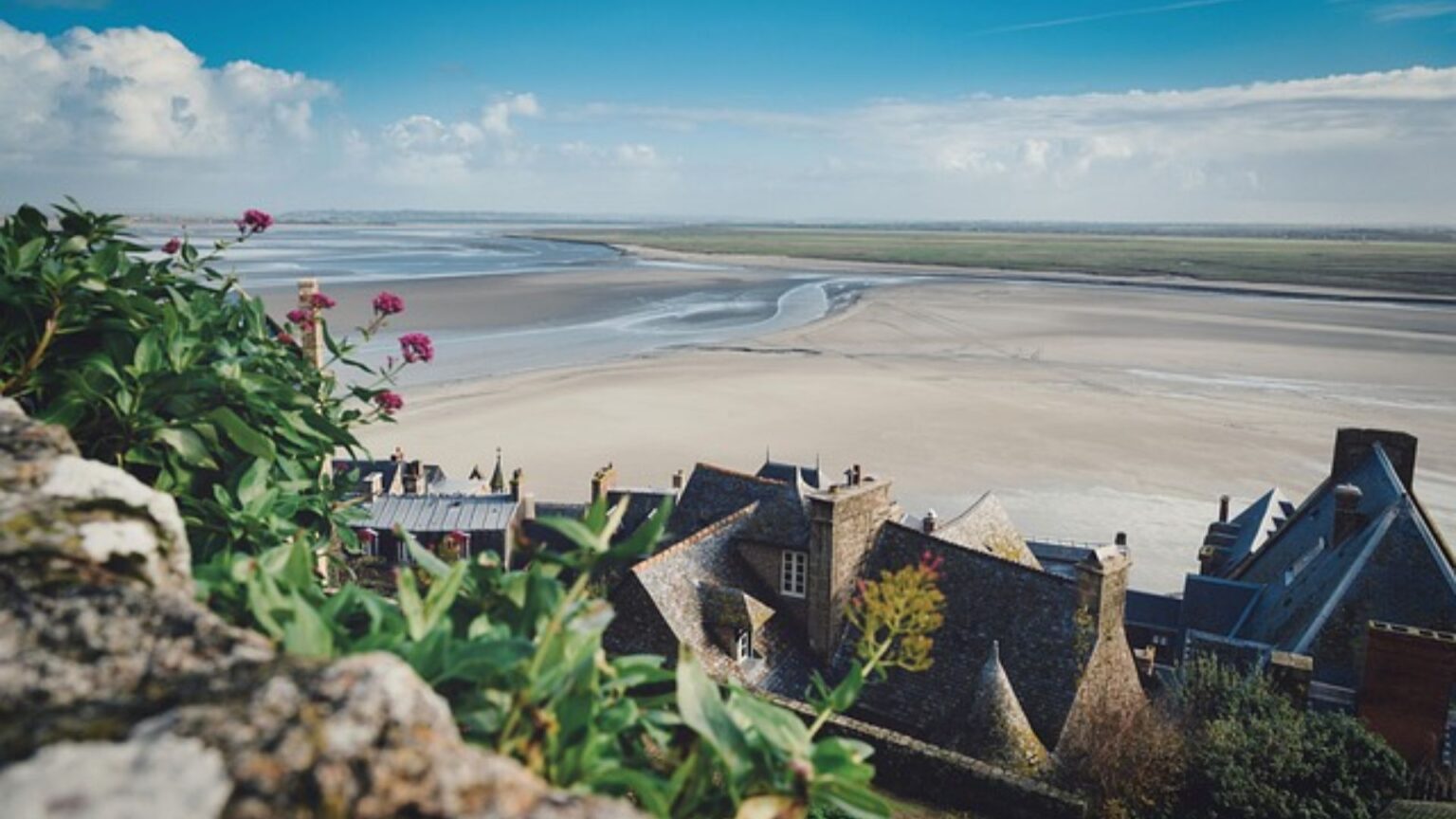In 1940, during World War II, Dunkirk became an influential and historical landmark, remembered as a miraculous event that helped tip the scales of the war. Whether you’re a history buff or planning to visit this French city, there are many fascinating details about Dunkirk worth exploring.
One way many people learn about Dunkirk today is through Christopher Nolan’s 2017 film Dunkirk. The movie accurately portrays the evacuation of British and French troops from the beaches under German attack, featuring stars like Tom Hardy, Cillian Murphy, and Harry Styles. Nolan, known for directing films such as Inception and The Dark Knight, used well-documented events to tell this compelling story.
An interesting historical figure connected to Dunkirk is Charles Lightoller, who also survived the Titanic disaster. As an officer aboard the Titanic, he helped evacuate passengers and stayed until the ship sank. Later in World War II, Lightoller captained the Sundowner, a ship involved in rescuing stranded troops at Dunkirk. His bravery may have inspired the character of “Mr. Dawson” in Nolan’s film.
The evacuation relied heavily on the “Little Ships of Dunkirk,” a fleet of over 700 private boats—including fishing vessels, yachts, and recreational boats—that sailed to rescue more than 330,000 trapped soldiers. Many of these boats were manned by civilians without military experience, and their involvement was crucial in the operation’s unexpected success. Initially, only 45,000 men were expected to be saved, but the scale of the rescue far exceeded expectations.
German dive-bombers called Stukas played a terrifying role in the attack, equipped with built-in sirens designed to spread fear among the Allied troops. Meanwhile, on the eve of the evacuation, King George VI declared a national day of prayer, which some believe contributed to the “miracle” that allowed so many soldiers to escape. Winston Churchill himself famously praised the event, coining the term “the miracle of Dunkirk.”
Though many troops were saved, vast amounts of equipment were abandoned and captured by the Germans. An estimated 76,000 tons of ammunition, 400,000 tons of supplies, and thousands of weapons and vehicles were left behind. Soldiers were even instructed to destroy what they could to prevent enemy use.
One enduring mystery is why Hitler ordered a 48-hour halt to German advances, providing critical time for the evacuation. Historians mostly agree this was a strategic error due to his lack of military experience rather than an act of mercy.
Despite the dangerous conditions, soldiers waiting to board rescue boats displayed remarkable patience and discipline. Alfred Baldwin, one of the troops, recalled the orderly line as if waiting for a bus, even as bombs exploded nearby—a testament to their resilience.
Among the civilian ships aiding the evacuation, the Medway Queen stood out by completing seven trips and rescuing over 7,000 men. It also saved passengers from another sinking vessel with no loss of life. Today, parts of the Medway Queen are preserved in a museum honoring its role.
The evacuation inspired one of Winston Churchill’s most famous speeches, capturing the spirit of determination: “We shall fight them on the beaches, we shall fight on the landing grounds, we shall fight in the fields and in the streets, we shall fight in the hills. We shall never surrender!” This powerful message remains synonymous with the resilience shown at Dunkirk.




